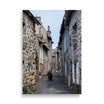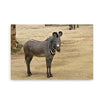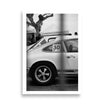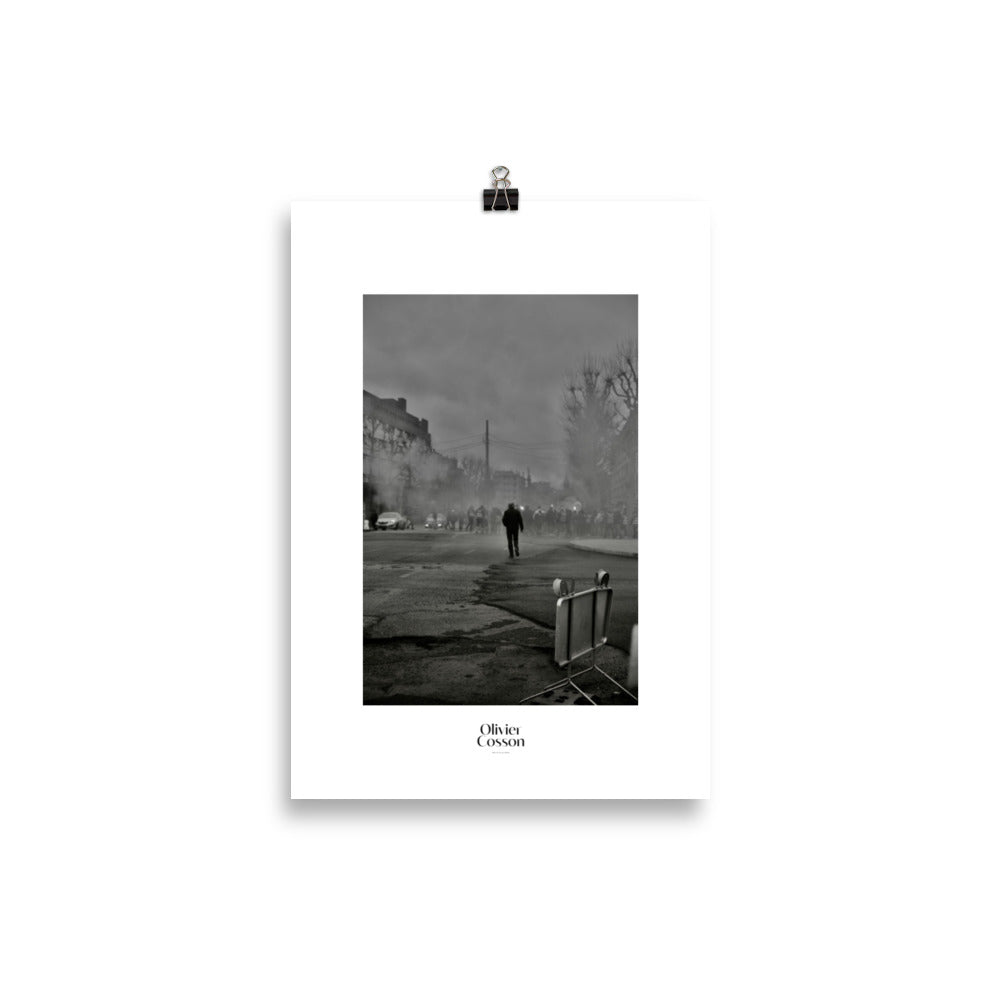The Little-Known Dangers of Wildlife Photography: Ethics and Impact on Wildlife
Introduction Wildlife photography is a fascinating artistic practice, capturing the splendor of wildlife in their natural habitat. However, behind the lenses, certain methods used by unscrupulous photographers pose serious ethical and environmental problems. This article explores the hidden dangers of wildlife photography and highlights the importance of adopting nature- and animal-friendly practices.
Questionable Practices in Wildlife Photography
Disturbance of Natural Habitat : The quest for the perfect image can lead to intrusions into protected areas or changes to the environment, disrupting the ecological balance and the natural behavior of animals.
-
Use of Baits and Lures : The use of baits to attract animals is a controversial practice. It can not only modify their natural behavior but also expose them to increased risks, such as predation or conflicts with humans.
Stress and Impact on Animals : Getting too close to animals, especially sensitive species, can cause significant stress, affecting their feeding, reproduction and, ultimately, survival.
Disguised Captive Photography : Some photographers use captive animals, presented as being free. This misleading practice does not reflect the reality of wildlife and can indirectly support industries that exploit animals.
Consequences of Unethical Practices
- Ecological Imbalance : The disturbances caused by these practices can lead to an imbalance in ecosystems, with long-term effects on biodiversity.
- Public Misperception : Unethically obtained images can mislead the public about the nature and behavior of wild animals.
- Long-Term Damage to Wildlife : Unethical practices can cause irreversible damage to wildlife and their habitat, compromising species conservation.
Promotion of Ethical Practices in Wildlife Photography
- Respect the Distance from Animals : It is crucial to maintain a respectful distance so as not to disturb animals in their natural environment.
- Avoiding the Use of Baits and Lures : Capturing images without altering the natural behavior of animals is essential for ethical practice.
- Education and Awareness : Learn about species and habitats to understand the potential impact of photography on wildlife.
- Conservation Support : Use photography as a tool to raise awareness for conservation and wildlife protection.
The Importance of Ethics in Wildlife Photography Ethical wildlife photography goes beyond simply capturing images. It involves a deep understanding and respect for wildlife. Ethical photographers take the time to know the species they photograph, their behavior, and the potential impacts of their presence. They strive to minimize their ecological footprint and share images that raise awareness of the beauty and fragility of nature.
Roles and Responsibilities of Wildlife Photographers Wildlife photographers have a responsibility to their subject. They must ensure that their work does not harm animals or their habitat. This includes choosing not to take a photo if it would disturb the animal. Additionally, they can play a crucial role in conservation by documenting the threats facing wildlife and raising public awareness of these issues.
Conclusion Wildlife photography, when practiced responsibly and ethically, can be a powerful tool for nature conservation. She has the power to not only capture the beauty of wildlife, but also to raise awareness and educate the public on the importance of preserving our natural environment. As photographers, spectators or nature lovers, we all have a role to play in ensuring that wildlife photography contributes positively to the protection and respect of wildlife.
Discover Nature and Animal Friendly Wildlife Photographers
After exploring ethical practices in wildlife photography, it is time to highlight artists who embody these values. We invite you to discover the work of French wildlife photographers who, through their respectful approach and their talent, will transport you to a world where the beauty of nature is captured with respect and admiration.
Laurent Echenoz
Laurent Echenoz is a photographer who combines passion for wildlife and respect for the environment. His photographs are a testament to the natural beauty of animals, captured without intrusion or disturbance to their habitat. By browsing his collection, you will be transported into a universe where each photo tells a unique story, imbued with respect and fascination for the animal world.
Miss M
Miss M offers a refreshing and delicate perspective on wildlife photography. His works reflect a deep understanding and sincere love for animals. Each image is a celebration of wildlife, captured with a sensitivity and finesse that touches the hearts of viewers. His photographs are a true tribute to the natural splendor of animals in their habitat.
Valérie and Cyril Buffel
The duo Valérie and Cyril Buffel bring a unique dimension to wildlife photography. Their collaboration results in striking images that capture the very essence of wildlife. Their work is a perfect example of how photography can be used to raise awareness about nature conservation while providing images of breathtaking beauty.
Conclusion By choosing to support photographers who adhere to ethical practices, we not only contribute to the preservation of wildlife, but also to the promotion of an art form that respects and celebrates nature. The works of Laurent Echenoz, Mademoiselle M, and Valérie and Cyril Buffel are shining examples of how wildlife photography can be both beautiful and respectful. We encourage you to explore their collections and let yourself be transported by the beauty and authenticity of their works.






































































Leave a comment
All comments are moderated before being published.
This site is protected by hCaptcha and the hCaptcha Privacy Policy and Terms of Service apply.